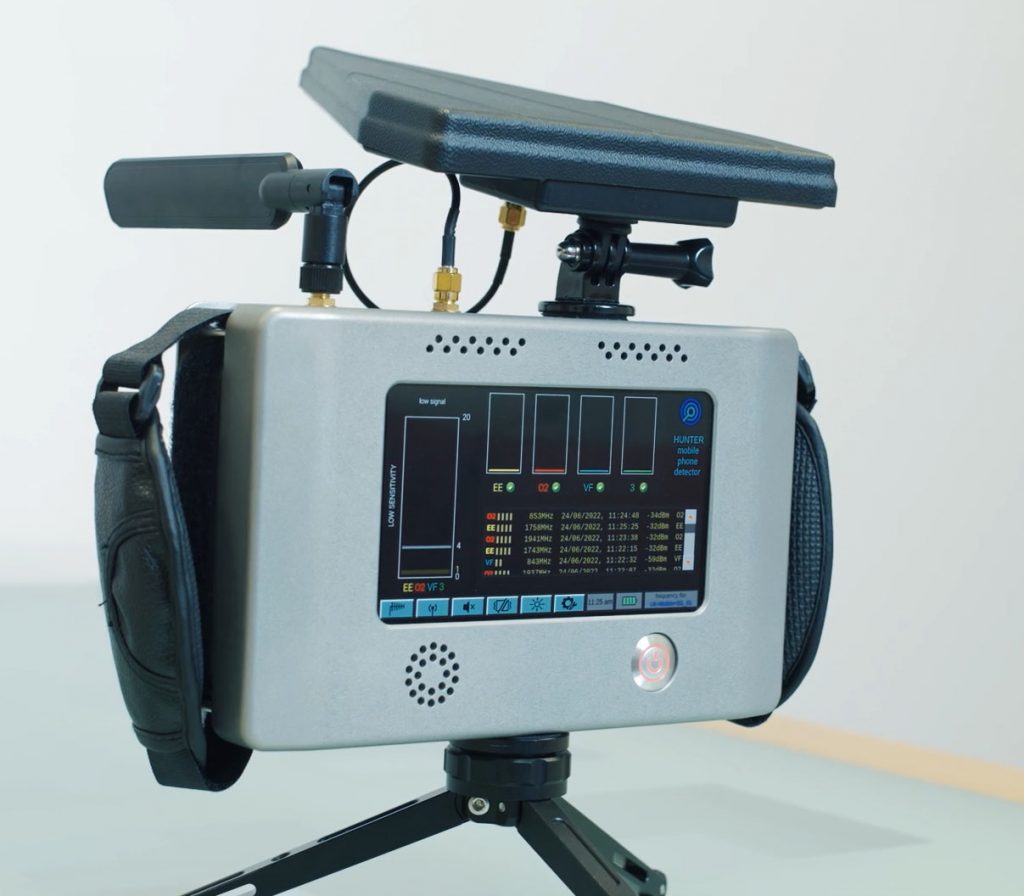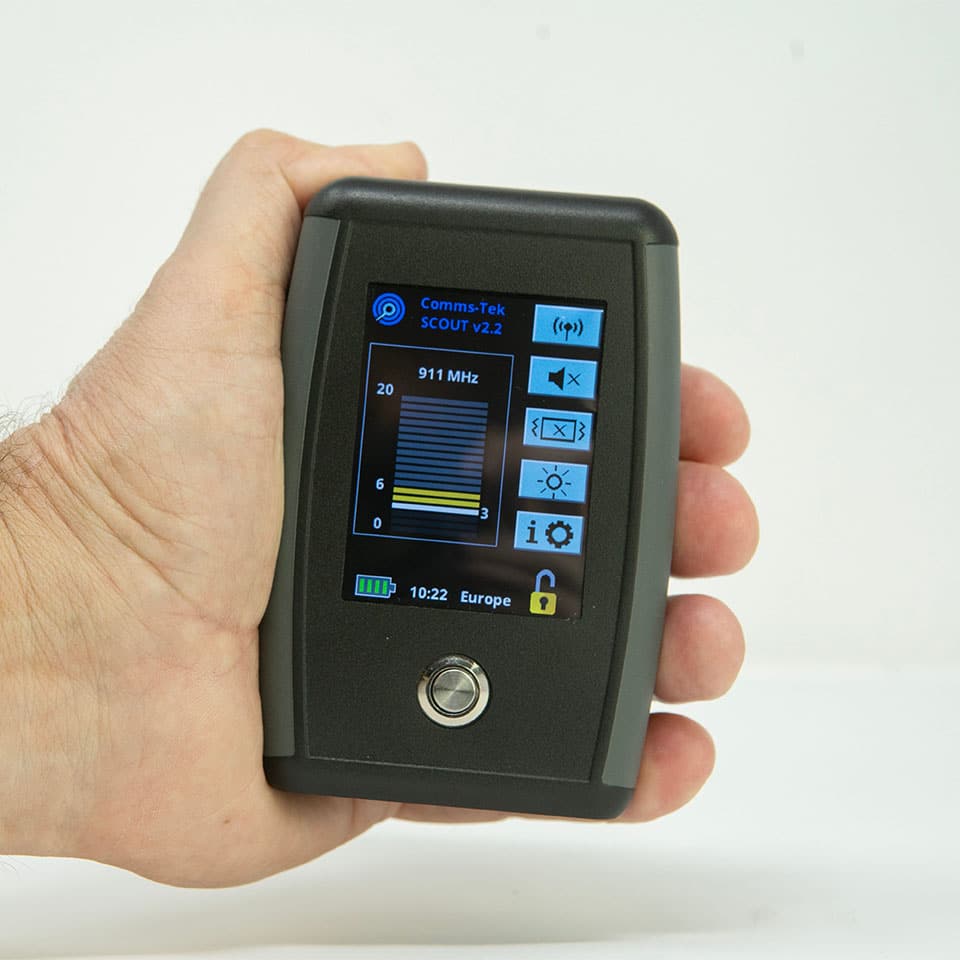Take Action
Secure Your Facility Today
Don’t let unauthorised mobile phones compromise your prison’s security. Contact Comms Tek today to learn how our mobile phone detection solutions can help you take control and keep your facility safe.
Home » Prisons
Unauthorised mobile phones in prisons pose a serious security threat. Inmates could be coordinating drone contraband drop-offs or overseeing organised crime from their cell. Witness intimidation, drug and weapon smuggling and threats and blackmail can all be conducted from their phone, without surveillance. Traditional detection methods such as manual searches and metal detectors struggle to significantly reduce the amount of phones in circulation. Phones can be easily hidden in areas that evade these methods, and with the rise of smaller, non-metallic devices, detection becomes even more challenging.
Mobile phone detectors are a game-changer in prison management. They are extremely effective in identifying and locating mobile phone usage, allowing you to maintain order, enhance safety and prevent illegal communications. Instead of time-consuming random searches, you can quickly scan large areas of the prison for signals at any time and then find and remove the phones from your prison.
Comms Tek provides advanced mobile phone detection solutions designed specifically for correctional facilities. Our technology offers real-time detection, high accuracy, and seamless integration into existing prison security procedures.
Comms Tek’s mobile phone detectors can be used in various prison or jail settings, including:
Catch inmates off guard by operating planned searches for phone use at night when the prison is quieter.
Discretely monitor for unauthorised phone activity throughout the facility, without drawing attention
Identify contraband phones during inmate intake and staff screening.
Detect hidden mobile phones in smuggling attempts before they enter prison grounds.
We offer a range of specialised products to enhance prison security

Feature rich and easy to use. The speed and power of the Hunter will allow you to identify the source of mobile phone signals even at long range.

Small enough to discreetly fit into the operator’s pocket without sacrificing usability and function. Scout is easy to use for non-technical personnel.
Don’t let unauthorised mobile phones compromise your prison’s security. Contact Comms Tek today to learn how our mobile phone detection solutions can help you take control and keep your facility safe.
Inmates often conceal phones in mattresses, clothing, toilets, and even inside their bodies to evade detection.
Phones are smuggled in by visitors, drone drops, hidden inside legal mail and other deliveries or even brought in by corrupt staff.
Copyright © 2020-2025 Comms Technology Ltd